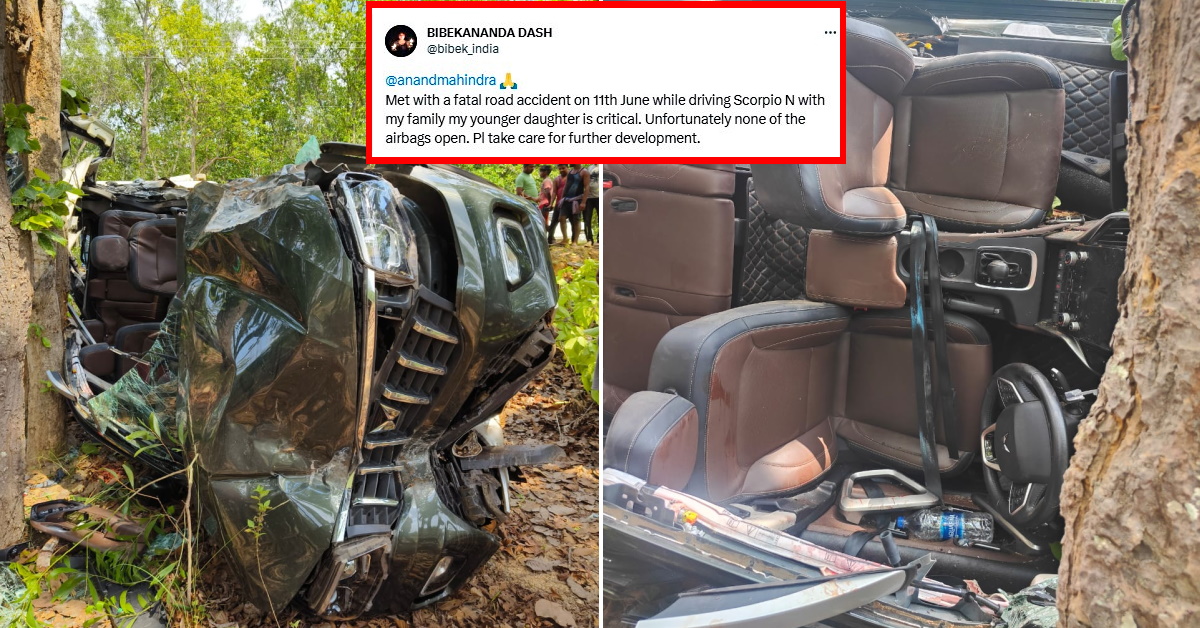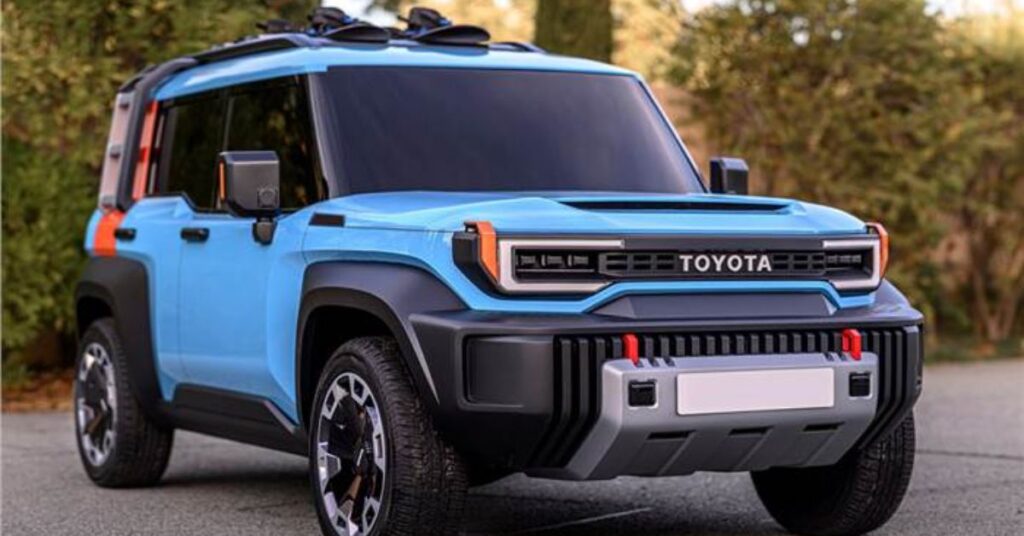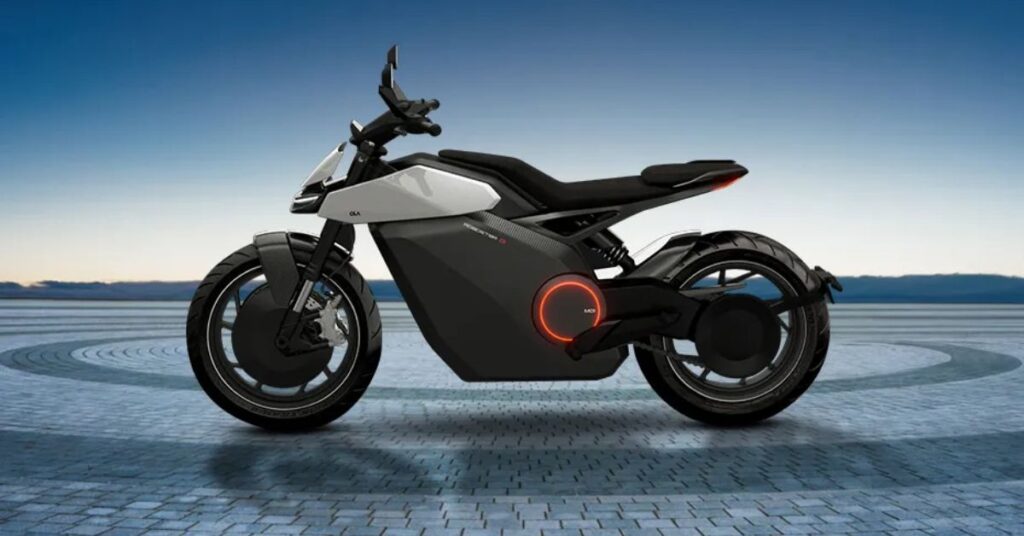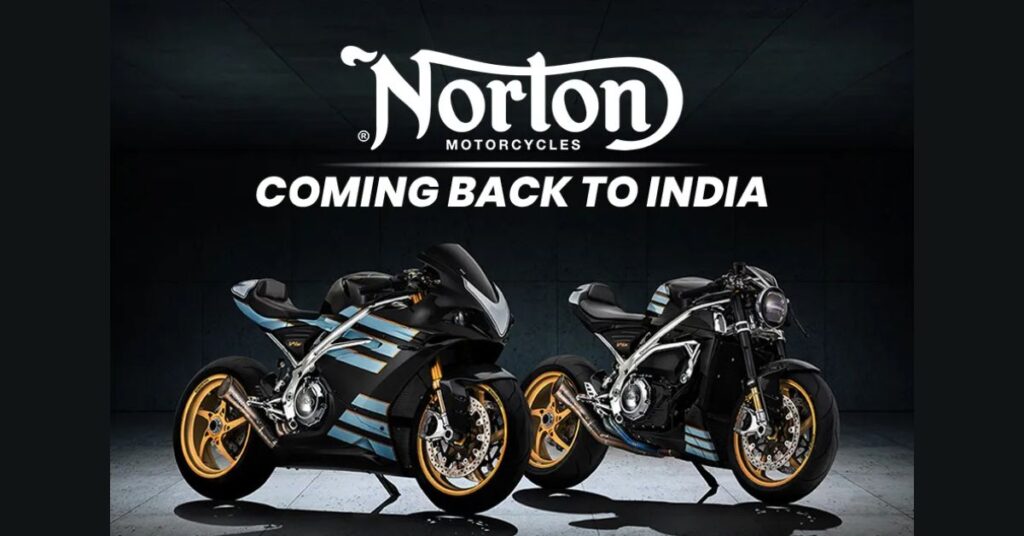A few days ago, a video of a severe accident involving a Mahindra Scorpio-N went viral on the Internet. The SUV had crashed into a tree, causing the roof of the vehicle to rip open. Despite the terrifying impact, all the passengers inside the vehicle miraculously escaped with only minor injuries. However, the owner of the Scorpio-N took to Twitter and reached out to Anand Mahindra, urging him to take steps to improve the quality of the car as the airbags did not deploy during the accident.
@anandmahindra 🙏
Met with a fatal road accident on 11th June while driving Scorpio N with my family my younger daughter is critical. Unfortunately none of the airbags open. Pl take care for further development. pic.twitter.com/yp3tUZGmpp— BIBEKANANDA DASH (@bibek_india) June 13, 2023
Why the airbags would not deploy?
To understand why the airbags did not deploy, let’s delve into their functioning. Airbags are designed to activate when the Electronic Control Unit (ECU) receives a signal from a sensor detecting significant deceleration. This signal triggers the circuit responsible for inflating and deploying the airbags. The ECU determines whether the airbags should be deployed based on a specific threshold of deceleration.
In this particular case, it is possible that the deceleration level during the accident was not significant enough to trigger the airbags. For example, if the impact of the collision does not meet the predetermined threshold, the airbags will not deploy. This explains why the airbags may deploy in a head-on collision with a wall at 20 km/h but may not deploy in a scenario where the vehicle collides with a large sponge at 40 km/h.
During skidding accidents, it is also possible that the airbags do not deploy. If the rollover sensor does not register a rollover, the curtain airbags may not be activated. However, in this situation, even the side impact sensors should have been triggered to deploy the airbags, but it appears that this did not occur.
Moreover, the effectiveness of airbag deployment is closely linked to the initial impact. Since airbags contain explosive elements, deploying them when passengers are not in the optimal position within the vehicle can potentially cause more harm than good. In reality, the explosive nature of airbags can pose a risk of injury to the occupants.

Scorpio-N gets a five-star rating
Despite the airbag deployment issue in this specific accident, it’s important to note that the Mahindra Scorpio-N has received a five-star rating in previous Global NCAP (G-NCAP) evaluations. The SUV achieved a commendable score of 29.25 out of 34 for adult occupant protection and 28.94 out of 48 for child occupant protection. Notably, it performed exceptionally well in the side impact test conducted under the new protocol.
The G-NCAP evaluation revealed that the Mahindra Scorpio-N provides excellent protection for the necks of both the driver and passengers. However, the protection for their chests was rated only as marginal. In the side impact test using a deformable barrier, the Scorpio-N received an impressive score of 16 out of 17 points. It also received an acceptable rating for the side pole impact test. However, the chest region of the occupants received a “weak” rating in this specific scenario.
In conclusion, while the Mahindra Scorpio-N has demonstrated impressive safety performance in various crash tests, the specific circumstances of the accident involving the tree collision may have not met the threshold for airbag deployment. It is crucial for manufacturers like Mahindra to continuously work on improving their vehicles’ safety features and address any issues to ensure the utmost protection for occupants in a wide range of accidents.
Read More:




